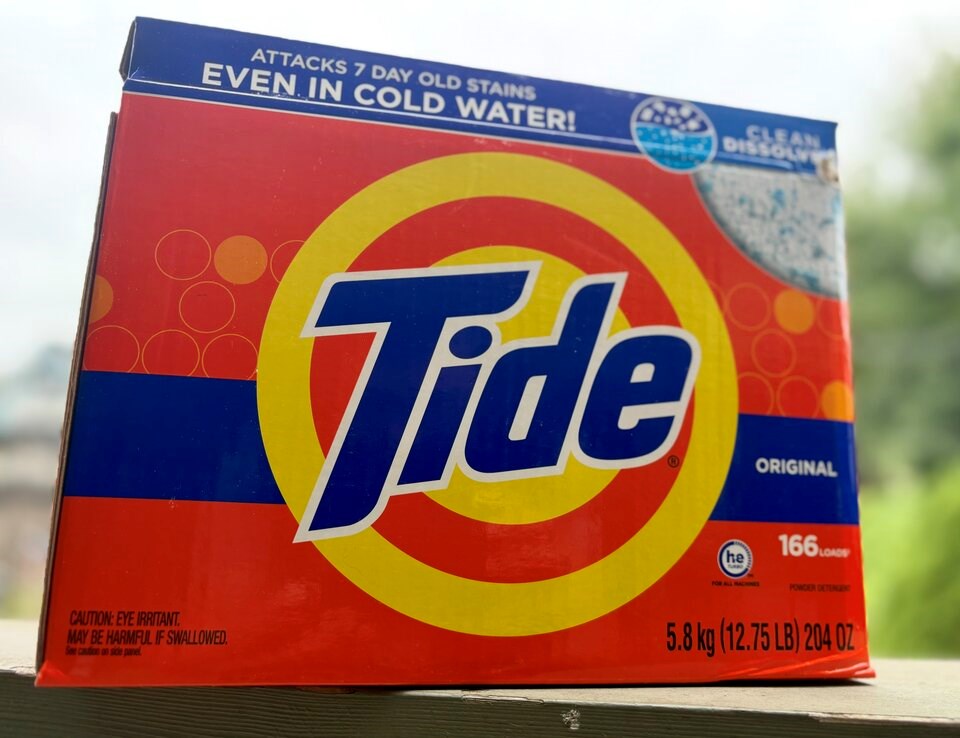A maintenance company’s decision to apply 290 kilograms of Tide laundry detergent to remove moss from a condo rooftop in Abbotsford, B.C., will face another hearing after a B.C. Supreme Court judge ruled an appeal board had unreasonably overturned a penalty to the company.
The case dates back to April 27, 2021, when B.C.’s environment ministry received a complaint from a strata resident that MKY Holdings had illegally used Tide powder laundry detergent to control moss on the 98-unit Sage Strata Complex.
The resident raised concerns the detergent had runoff into a nearby creek, according to an initial ruling from Michael Lapham, then administrator of the Integrated Pest Management Act.
Lapham handed MKY Holdings an $8,900 penalty for the incident. But in an Aug. 1, 2024, appeal, B.C.’s Environmental Appeal Board (EAB) overturned the penalty.
Earlier this month, the case took another U-turn when B.C. Supreme Court Justice Kevin Loo concluded the EAB’s ruling was significantly flawed.
The dispute hinged on whether the detergent should be classified as a pesticide. Under the Integrated Pest Management Act, the definition of a pesticide includes micro-organisms or material used to prevent, destroy, repel or mitigate a pest.
In its ruling last summer, the EAB concluded the laundry detergent did not meet that definition. Instead, the board found that Tide is a laundry detergent, not a pesticide that can be controlled under the B.C. pesticide law, even if it were being used in that way.
“Rather, these acts are intended to regulate products, materials, chemicals, and other substances [that] may create an unacceptable risk to human health or to the environment,” the EAB ruled.
The board also concluded that the detergent is made of substances that have been classified as “excluded pesticides.” That meant they were exempt from the law because it had been determined they wouldn’t have a negative effect on human health and the environment, according to the EAB ruling.
The list of “excluded pesticides” includes domestic and commercial cleansers, deodorizers, laundry additives and soaps.
However, in his ruling, Loo said the EAB had narrowed the definition of a pesticide without justification. He also found provincial and federal laws — including Ottawa's Pest Control Products Act — did not entirely exempt the “excluded pesticides” list from legislative oversight.
Loo wrote the EAB’s reasoning process was “unreasonable” when it ruled the category of substances was not subject to the two laws governing pesticides.
“This conclusion was not ‘merely superficial or peripheral’; rather, it was central to the EAB’s reasoning,” wrote Loo. “As a result, the decision maker’s reasoning process was flawed in a significant way.”
The judge did not rule on whether Tide detergent should be classified as a pesticide.
Instead, he quashed the EAB's ruling and sent it back to the board to be heard again.



